A good resume typically has one or two pages, depending on the amount of relevant information that can enhance your employability. It is recommended to print each page on its own piece of paper for better readability.
The appropriate length of a resume varies based on factors such as the position you are seeking and your relevant education and experience. While the standard expectation is for a resume to fit on a single page, there are certain circumstances where a two- or three-page resume may be more suitable.
Ultimately, the length of your resume should be determined by your experience level and the type of job you are applying for.
The Ideal Resume Length
When it comes to the ideal resume length, it’s important to strike a balance between providing enough information to showcase your qualifications and keeping the document concise and easy to read. The ideal resume length is a crucial consideration for job seekers, as it can impact the effectiveness of their job applications. In this section, we will explore the standard for single-page resumes and discuss when it might be appropriate to extend to two pages.
Single-page Resumes: The Standard
A single-page resume is the standard for most job applications. It allows you to present a concise overview of your qualifications, work experience, and skills without overwhelming the reader with excessive information. Employers often appreciate the brevity of a single-page resume, as it demonstrates your ability to prioritize and highlight the most relevant details.
When To Extend To Two Pages
If you have extensive work experience, numerous relevant skills, or significant accomplishments that cannot be adequately summarized on a single page, it may be appropriate to extend your resume to two pages. However, it’s essential to ensure that the additional page adds value and is not filled with extraneous details. When expanding to two pages, prioritize information that directly relates to the job you are applying for and emphasizes your qualifications.
Factors Influencing Resume Length
When crafting a resume, one of the critical considerations is the length of the document. The appropriate length for a resume varies based on several factors, including the candidate’s experience level and industry norms and expectations. Let’s explore these factors that influence the optimal length of a resume.
Experience Level: Entry-level To Executive
Resume length is often influenced by the candidate’s experience level. Entry-level candidates typically have less extensive work history and can often fit all relevant information onto a single page. In contrast, mid-level professionals and executives might require a longer resume to adequately showcase their diverse skill sets, accomplishments, and career progression.
Industry Norms And Expectations
Each industry has its own set of norms and expectations regarding resume length. Some fields, such as academia or scientific research, may expect more detailed CVs that span multiple pages to encompass publications, presentations, and research projects. On the other hand, industries like graphic design or advertising may prioritize concise, visually impactful resumes that are limited to one page.
Making Every Page Count
When it comes to creating a resume, making every page count is crucial. This means ensuring that every section of your resume is valuable and relevant to the job you are applying for. Whether it’s a one-page or a two-page resume, each page should effectively communicate your skills, experience, and qualifications to the potential employer.
Essential Information On The First Page
The first page of your resume holds the most critical information that hiring managers look for. It should include your contact details, a professional summary or objective, key skills, and a concise outline of your work experience and education. By providing a snapshot of your qualifications on the first page, you immediately capture the attention of the reader and encourage them to delve deeper into your resume.
Justifying The Second Page Content
If your experience, achievements, and qualifications extend beyond the first page, it’s justified to create a second page for your resume. The second page should include additional work experience, relevant projects, certifications, and any other information that enhances your candidacy for the position. However, it’s important to ensure that the second page is as impactful and well-organized as the first, maintaining the reader’s interest and demonstrating your value as a potential employee.
Design And Layout Considerations
A good resume typically consists of one to two pages, depending on the amount of relevant information you have to offer. While a one-page resume is ideal, if you have extensive experience and skills, a two-page resume may be appropriate.
It’s important to ensure that the content is concise and relevant to the position you are applying for.
Design and Layout Considerations When it comes to creating a good resume, design and layout considerations play a crucial role. Maximizing readability and effective use of white space are two key aspects that can make your resume stand out from the rest. Maximizing Readability One of the most important design considerations is to maximize the readability of your resume. This means that the font size, style, and spacing should be chosen carefully to ensure that the content is easy to read. Use a font size of at least 10-12 points and a simple, easy-to-read font such as Arial or Times New Roman. Avoid using bold, italic, or underlined text excessively, as this can make the document look cluttered. Effective Use of White Space Another important design consideration is to make effective use of white space. This means leaving enough space between sections and using bullet points, headings, and subheadings to break up the text. This not only makes the resume look more visually appealing but also makes it easier for the hiring manager to scan through the document quickly. In conclusion, designing a good resume is all about making it easy to read and visually appealing. By maximizing readability and using white space effectively, you can create a resume that stands out from the rest and helps you land your dream job.Customizing For The Job Application
A good resume typically ranges from one to two pages, but it ultimately depends on your experience level and the specific job you’re applying for. It’s essential to include relevant information that enhances your employability, and if necessary, a two-page resume is acceptable.
For improved readability, print each page on separate sheets of paper.
Tailoring To The Job Description
To increase your chances of getting hired, it is important to customize your resume for each job application. One way to do this is to tailor your resume to the job description by highlighting the relevant skills and experience that match the requirements of the position. This means carefully reading the job description and identifying the keywords and phrases that the employer is looking for. Incorporating these keywords into your resume can help your application stand out and show that you have the specific skills and experience needed for the role.Highlighting Relevant Skills And Achievements
In addition to tailoring your resume to the job description, it is important to highlight your most relevant skills and achievements. This can include specific accomplishments that demonstrate your abilities in areas such as problem-solving, teamwork, leadership, and communication. By showcasing your strengths and accomplishments, you can make a strong case for why you are the best candidate for the job. When highlighting your skills and achievements, be sure to provide specific examples and quantify your results whenever possible. For example, instead of simply stating that you have strong communication skills, provide an example of a project where you effectively communicated with a team to achieve a specific goal. Overall, customizing your resume to each job application can help you stand out from other applicants and increase your chances of getting hired. By tailoring your resume to the job description and highlighting your most relevant skills and achievements, you can show that you are the best candidate for the position.
Credit: www.quora.com
The Freshers’ Resume Conundrum
When it comes to the length of a good resume, the ideal length is one page. However, if you have relevant information that can improve your employability, a two-page resume is acceptable. Just remember to print each page on its own piece of paper for better readability.
Conciseness Vs. Completeness
When it comes to crafting a resume, freshers often face the conundrum of deciding whether to keep it concise or complete. While it’s essential to include all relevant information, it’s equally important to present it in a concise manner. A good resume should be able to communicate your skills, achievements, and work experience in a clear and concise manner. To strike a balance between conciseness and completeness, try to focus on including only the most relevant information, avoiding irrelevant details.Academic Projects And Internships Inclusion
Freshers often wonder whether to include academic projects and internships in their resume. The answer is a resounding yes! Including academic projects and internships can help showcase your skills, experience, and achievements. While academic projects can demonstrate your ability to work on real-world problems, internships can show your practical experience and skills. When including academic projects and internships, try to highlight the most relevant ones and provide details about your role, responsibilities, and achievements. In conclusion, when it comes to crafting a good resume, freshers should focus on finding a balance between conciseness and completeness. It’s essential to include all relevant information while presenting it in a clear and concise manner. Additionally, including academic projects and internships can help showcase your skills and experience. By following these tips, you can create a compelling resume that stands out and increases your chances of landing your dream job.Resumes For The Experienced Professionals
When it comes to resumes for experienced professionals, the ideal length is typically one to two pages. However, it ultimately depends on the relevant information that can enhance your employability. If you have a two-page resume, it is recommended to print each page separately to improve readability.
Balancing Detail With Brevity
When it comes to crafting a resume, striking a balance between detail and brevity is crucial. For experienced professionals, it can be challenging to condense their extensive work history and accomplishments into a single page. However, it’s important to keep in mind that hiring managers and recruiters are often inundated with resumes, and a lengthy document may quickly lose their attention. Therefore, it’s essential to prioritize the most relevant information and present it in a clear and concise manner.Strategic Information Prioritization
Strategic information prioritization is key when it comes to crafting a winning resume. Experienced professionals should focus on highlighting their most recent and relevant work experience, as well as their most impressive achievements. It’s important to tailor the content to the specific job you are applying for, emphasizing the skills and experience that are most relevant to the position. Additionally, using bullet points and concise language can help make your resume more scannable and easier for recruiters to digest. In conclusion, for experienced professionals, a one-page resume is ideal, but a two-page resume can be acceptable if the additional information is relevant and compelling. Balancing detail with brevity and strategically prioritizing information can help make your resume stand out and increase your chances of landing an interview.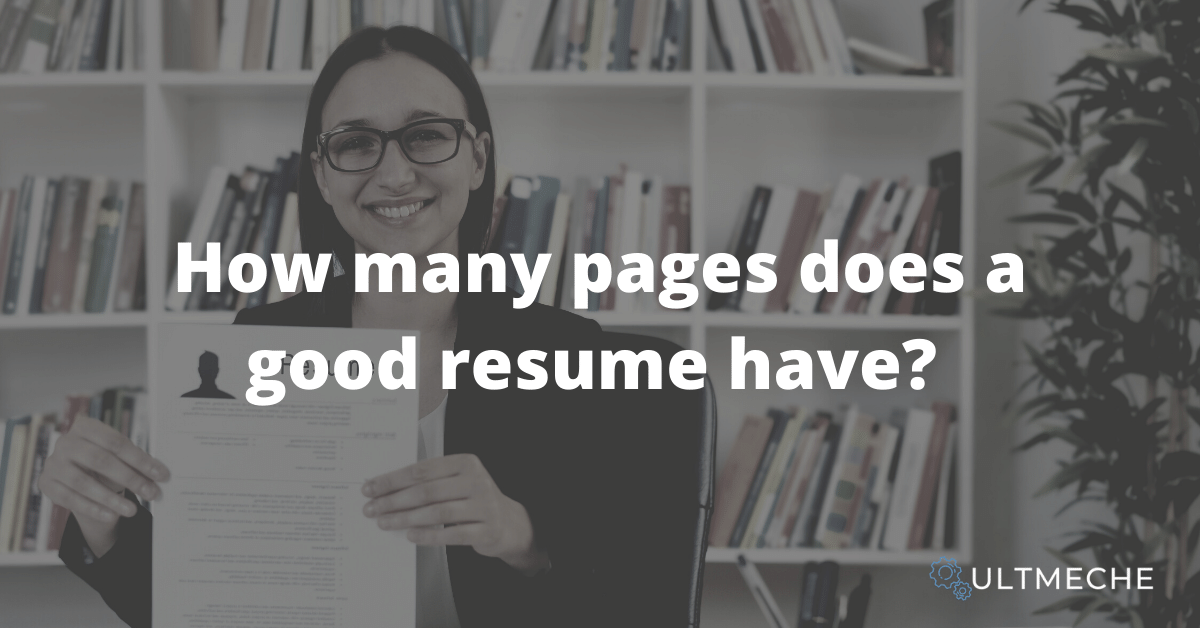
Credit: ultmeche.com
Final Touches And Proofreading
After crafting your resume, it’s crucial to give it a final once-over to ensure it’s error-free and presents your qualifications in the best possible light. This stage is where you polish the content and ensure that it effectively communicates your skills and experiences.
Ensuring Error-free Content
Proofreading your resume is an essential step in the process. Review each section meticulously to catch any spelling, grammar, or formatting errors. When you’re confident in the accuracy of the content, you can proceed to the next phase of the final touches.
The Importance Of Peer Review
Having a fresh set of eyes review your resume can be immensely beneficial. A peer can provide valuable feedback on the overall structure, clarity, and relevance of the information presented. This external perspective can help identify areas for improvement and ensure that your resume is well-crafted and effective.
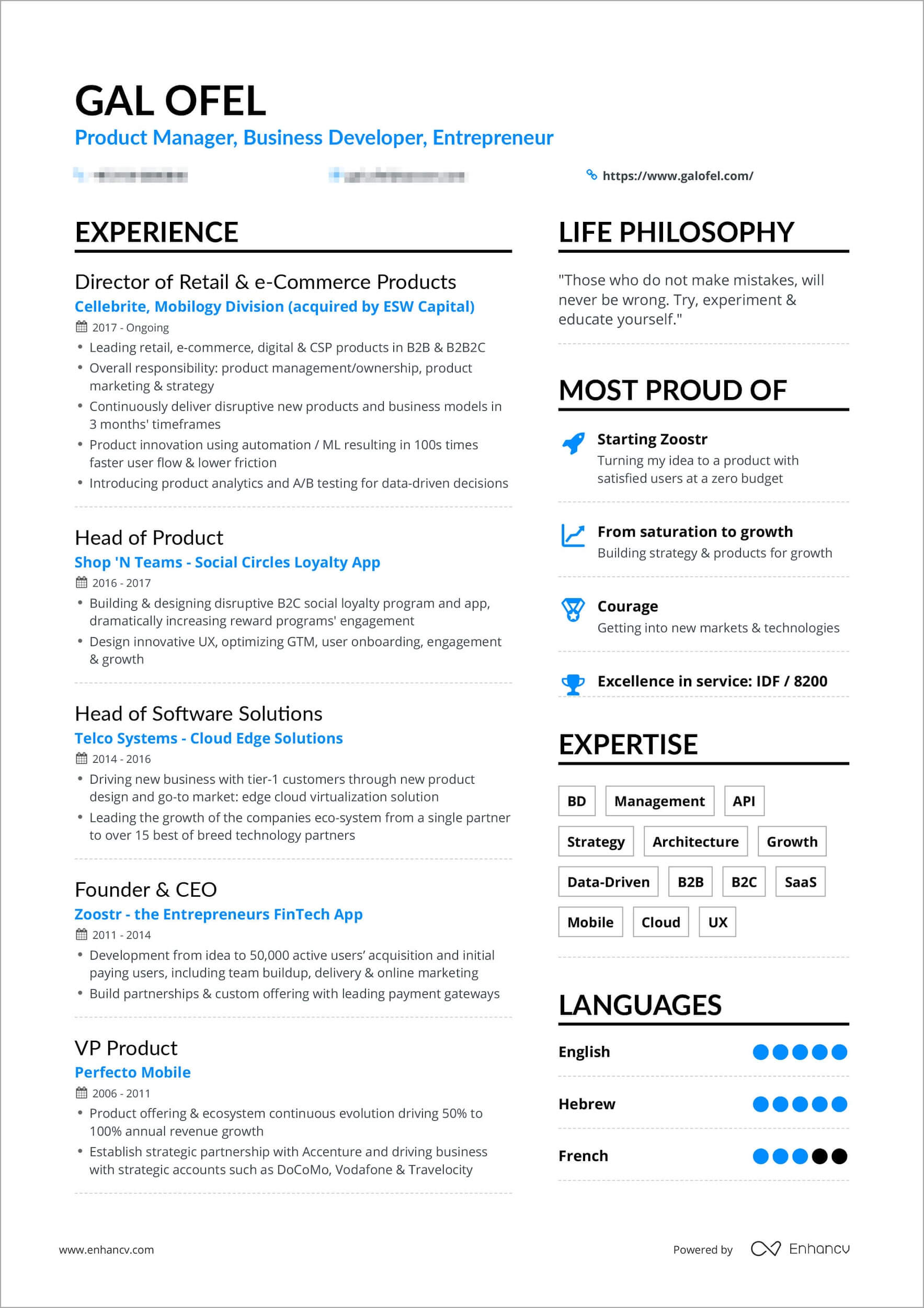
Credit: enhancv.com
Frequently Asked Questions
Is 2 Pages Ok For Resume?
While the ideal length for a resume is one page, a two-page resume is acceptable if it contains relevant information that enhances your employability. Print each page on a separate sheet of paper to improve readability. The length of your resume depends on factors such as your experience level and the job you are applying for.
Generally, resumes should be between one and two pages long.
How Many Pages Should A Resume Be In 2024?
A good resume in 2024 should ideally be one to two pages long. However, if you have relevant information that can improve your employability, you may choose to have a two-page resume. It is important to ensure that each page is printed on its own piece of paper to improve readability.
The appropriate length of a resume depends on factors such as the position you are applying for and your relevant education and experience.
Is It Okay If My Resume Is 3 Pages?
While the ideal resume length is one page, it is acceptable to have a two-page resume if it contains relevant information that can enhance your employability. However, it is generally recommended to keep your resume concise and avoid exceeding three pages.
Remember to print each page on its own piece of paper for better readability.
How Many Pages Is Ok For A Resume?
The standard length for a resume is typically one to two pages. However, the specific length that is right for you will depend on your experience level and the type of job you are applying for. It is generally recommended to keep your resume concise and relevant, focusing on highlighting your most important qualifications and achievements.
Conclusion
The ideal length for a good resume is generally one page. However, if you have relevant information that can enhance your employability, a two-page resume may be acceptable. It’s important to ensure that each page is printed separately to improve readability.
Ultimately, the length of your resume should be determined by your experience level and the type of job you’re applying for. Remember to keep it concise, focused, and tailored to showcase your qualifications effectively.

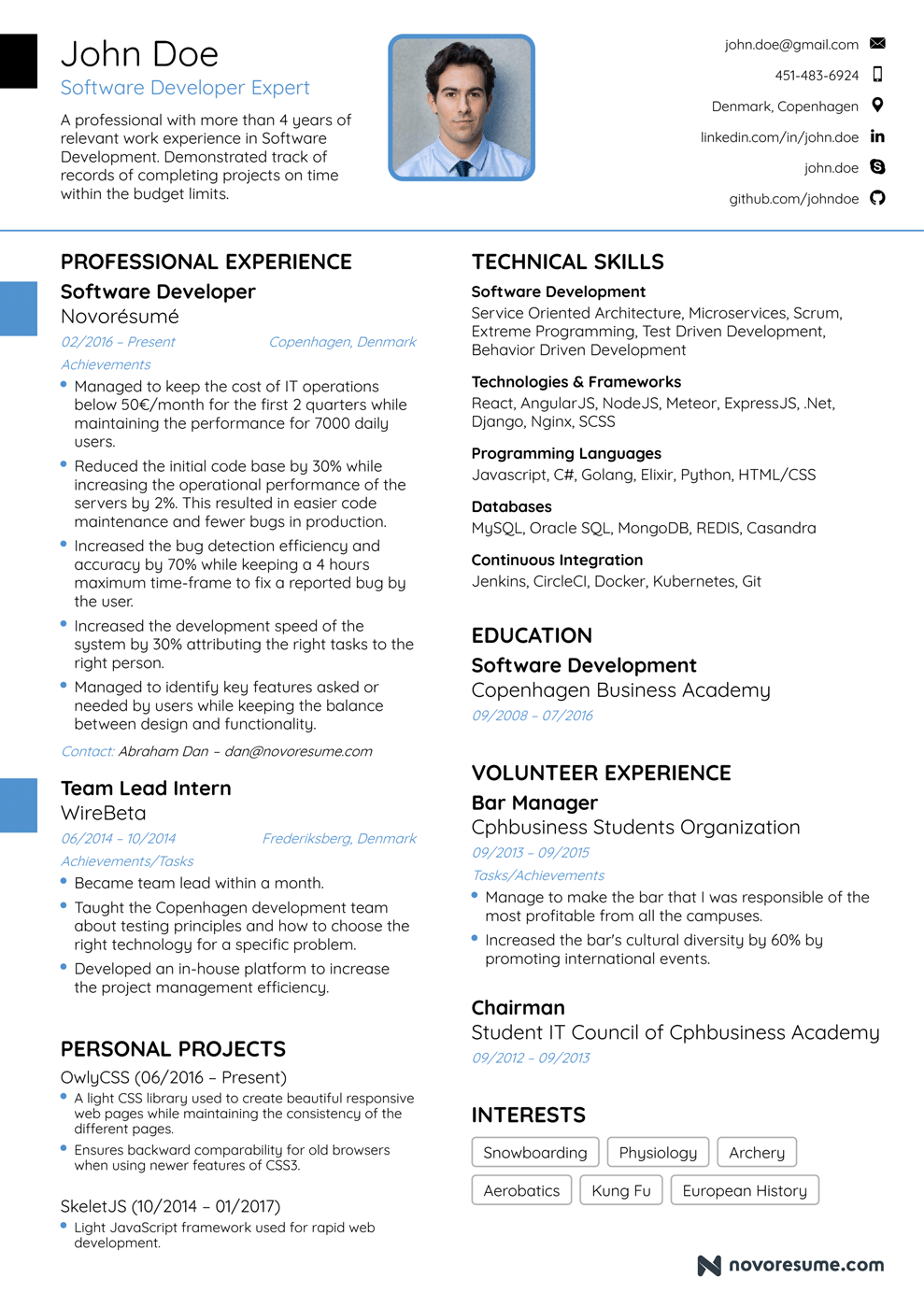




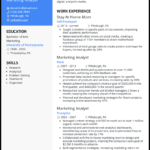
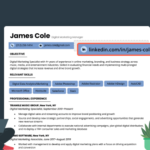
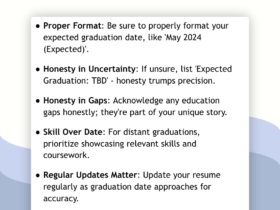
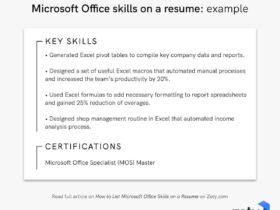
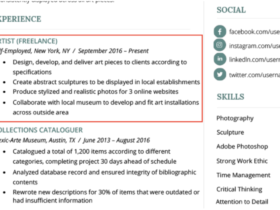
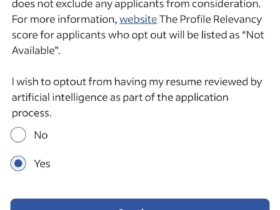
Leave a Reply